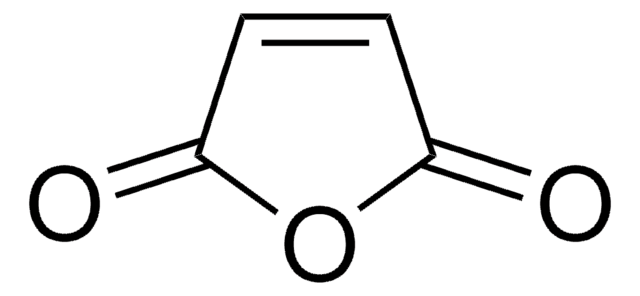A271
Anti-α2A Adrenergic Receptor antibody produced in rabbit
affinity isolated antibody, buffered aqueous solution
Synonym(s):
Anti-ADRA2, Anti-ADRA2R, Anti-ADRAR, Anti-ALPHA2AAR, Anti-ZNF32
About This Item
Recommended Products
biological source
rabbit
Quality Level
conjugate
unconjugated
antibody form
affinity isolated antibody
antibody product type
primary antibodies
clone
polyclonal
form
buffered aqueous solution
mol wt
antigen ~45 kDa
species reactivity
rat, human, mouse, pig
technique(s)
immunohistochemistry (formalin-fixed, paraffin-embedded sections): 1:1000
western blot: 1:500
UniProt accession no.
shipped in
dry ice
storage temp.
−20°C
target post-translational modification
unmodified
Gene Information
human ... ADRA2A(150)
mouse ... Adra2a(11551)
rat ... Adra2a(25083)
Related Categories
General description
Anti-α2A adrenergic receptor detects rat and mouse α2A adrenergic receptors by immunoblotting and immunohistochemistry. In immunoblotting, the antibody detects an approx. 45kDa band representing α2A receptors in tissues expressing this receptor subtype, although some non-specific bands have also been observed in certain cases.
Immunogen
Application
Physical form
Disclaimer
Not finding the right product?
Try our Product Selector Tool.
Storage Class Code
10 - Combustible liquids
WGK
WGK 1
Flash Point(F)
Not applicable
Flash Point(C)
Not applicable
Personal Protective Equipment
Choose from one of the most recent versions:
Already Own This Product?
Find documentation for the products that you have recently purchased in the Document Library.
Our team of scientists has experience in all areas of research including Life Science, Material Science, Chemical Synthesis, Chromatography, Analytical and many others.
Contact Technical Service





